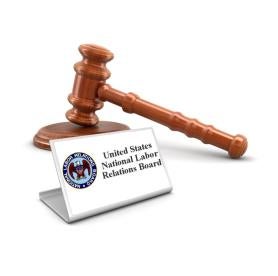Inconsistency is one of the most frequent causes of employers getting tripped up in claims brought by employees. While we often see it in litigation matters stemming from employee terminations or other adverse employment actions, it rears its head in other contexts as well. A recently issued advice memo from the National Labor Relations Board (NLRB) shows an instance where inconsistency rendered review of employee immigration documents unlawful.
At issue in the case was a group of warehouse employees who voted to form a union. The employer fought their unionization effort but lost the union election. After the union was voted in, the company declined to meet with the union regularly to bargain an agreement. It also laid off several of the union-represented workers due to a decline in business.
The union filed unfair labor practice charges with the NLRB arguing that the layoffs were discriminatory and motivated by the workers’ formation of a union. When working on its response to those charges, the company decided to take a second look at the immigration documents the laid off workers had submitted to the employer upon their hire – specifically, their I-9s. The company determined the immigration documents were fraudulent and thus argued that the employees, even if they had been laid off illegally, could not be brought back for further employment.
The NLRB ultimately concluded the company’s actions were unlawful because they were done solely due to the protected activity of the workers – the filing of charges with the agency. The Board held, “scrutiny of employees’ immigration status in response to protected concerted activity is extremely coercive and unlawful.” Because the company could not show it had a consistent practice of scrutinizing the immigration forms at issue in this case – which, as an aside, would have separate immigration and employment law issues in play potentially needing attention by any employer – it could not negate a finding that its motivation was based on unlawful factors, namely the protected activity. Accordingly, its actions were found to violate the National Labor Relations Act.
This case serves as another reminder that consistency is critical in the application of rules, policies, investigations, etc. to workers. It also is a reminder that when protected activity is in play, companies need to tread cautiously when taking any actions against the employees who have engaged in such activity.



 i
i


